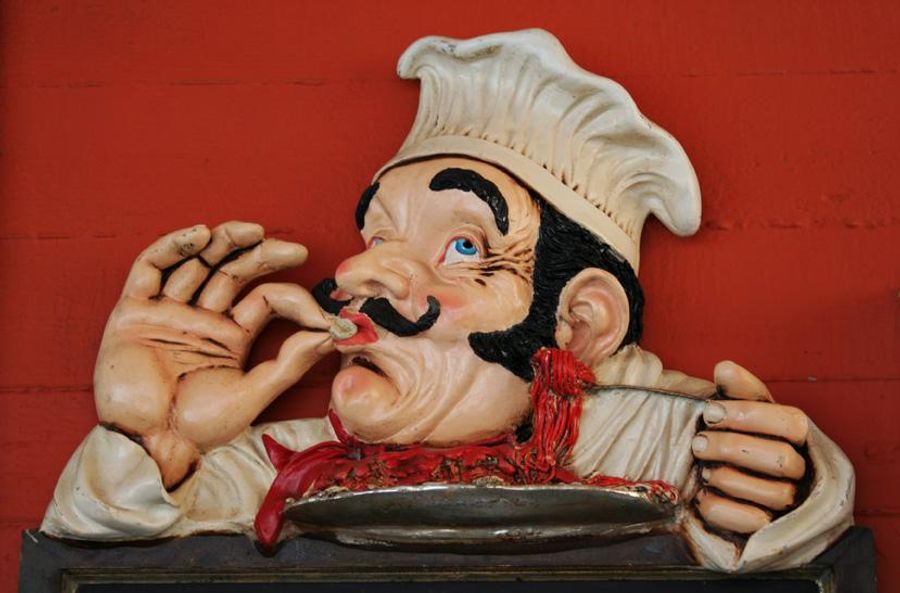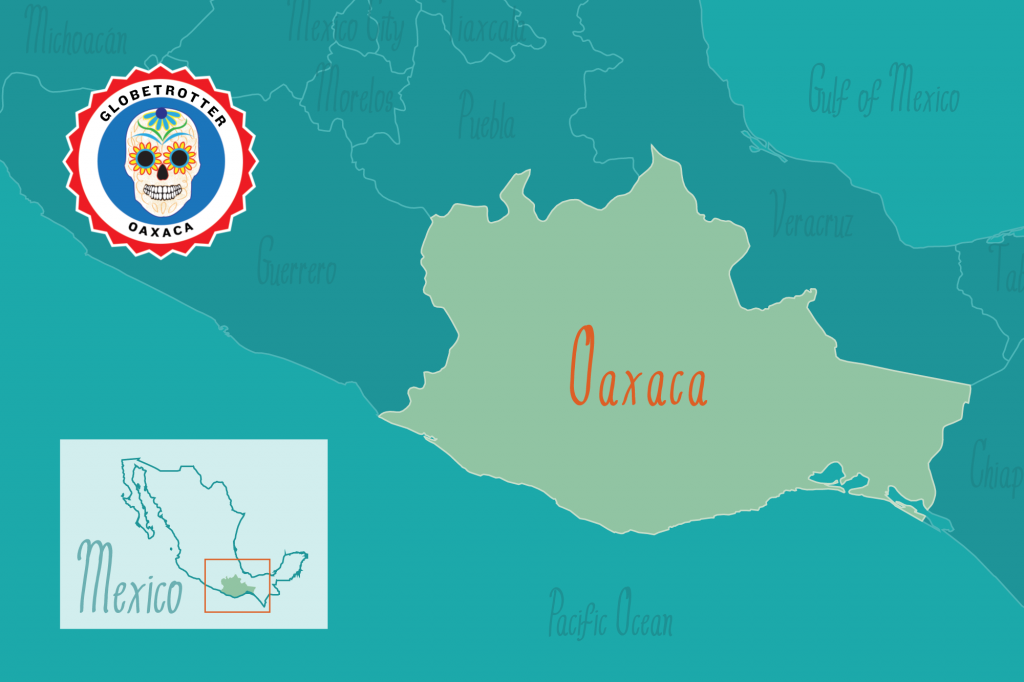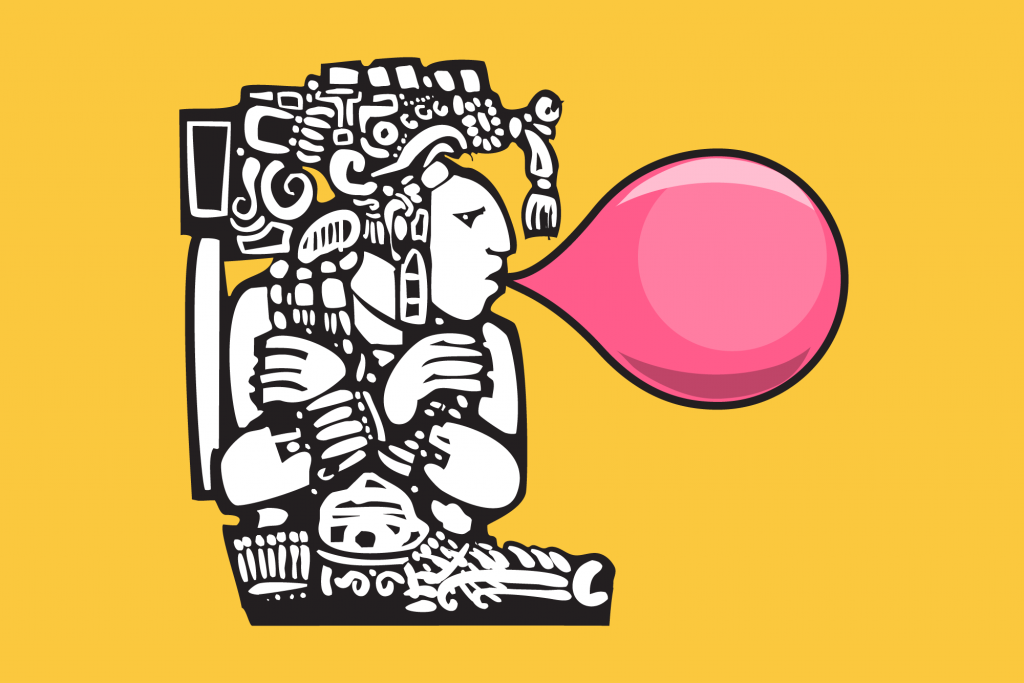From Saffron to Sumac, a Tasting Tour of Persia
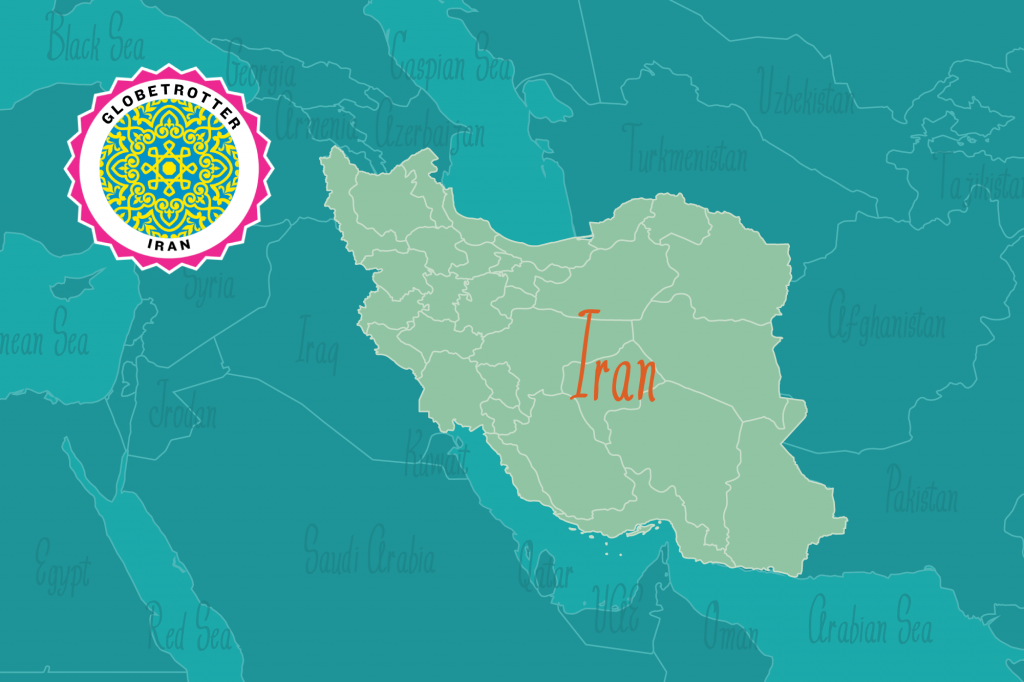
Pomegranates, pistachios, mint—so much of Iran’s food revolves around these vibrant ingredients. Irrigation made the Persian desert bloom and turned it into a brilliantly fertile agricultural region, but there are miles of coastline, and fish and seafood have an equally strong presence at the Iranian table. Side dishes of tomatoes, pickles, cucumbers, yogurt, and an amazing array of flatbreads accompany turkey kebabs and kofte, lamb meatballs.
The one constant from end to end of this fascinating country, is the importance of gathering at the table. Food and community are the essential elements of the culture’s many holiday feasts, from Nowruz (the spring equinox and the start of the new year) to Shab-e Yalda (the winter solstice). Even the simplest meals here are feasts that play sour flavors against the sweet.
North
From the Alborz Mountains down to the grassy steppes and on to the lush Caspian Sea basin, the geography of Northern Iran is very different from that of the rest of the country. The long coastline means fish are an important ingredient. They’re often stuffed with tart, savory ingredients like walnuts, barberries, and herbs, then baked and served with kateh, a short-grain sticky rice.
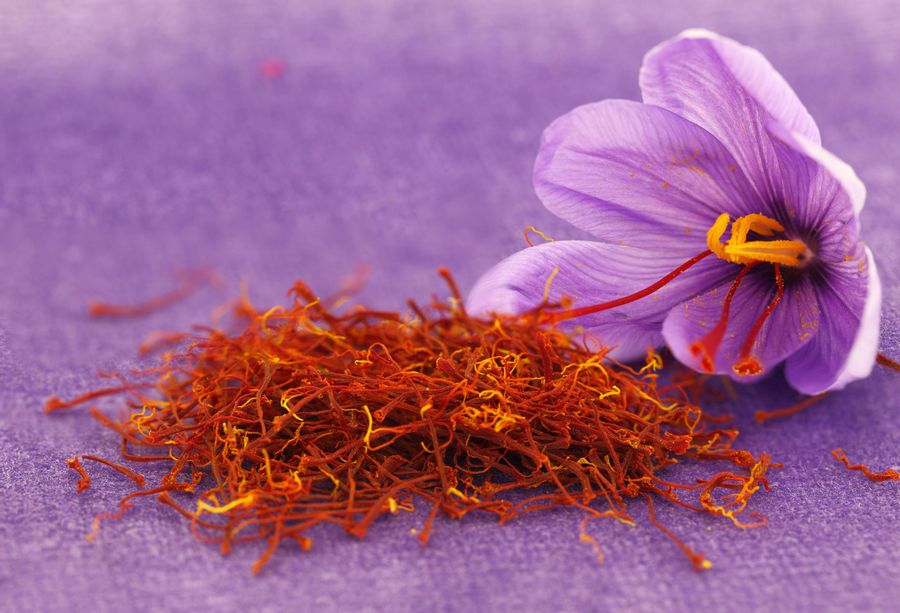
Saffron, one of the most expensive spices in the world, is made from the dried
stigma of the crocus flower. Iranian saffron is considered among the very best.
Tehran
The capital city is an ideal place to enjoy chelow kebab, skewered meat offered with with fresh herbs, flatbread, walnuts, cucumbers, yogurt, and grilled tomatoes, and rice seasoned with sumac. Ancient Persians realized how tangy flavors like sumac get digestive juices pumping. By matching them with probiotic rich fermented foods like yogurt, they developed a way of cooking that was both healthy and flavorful.
Center
Each region of Iran boasts a traditional sweet. The baghlava pastry in the city of Yazd is scented with rosewater and stuffed with pistachios. In Shiraz, crisp rice flour cookies, called koloocheh, are filled with sweetened spiced walnuts and dates. More of a candy person? Travel to Qom for its namesake sohan-e Qom, an almond or pistachio brittle scented with saffron, or to Isfahan for the almond-pistachio-rose water nougat called gaz.
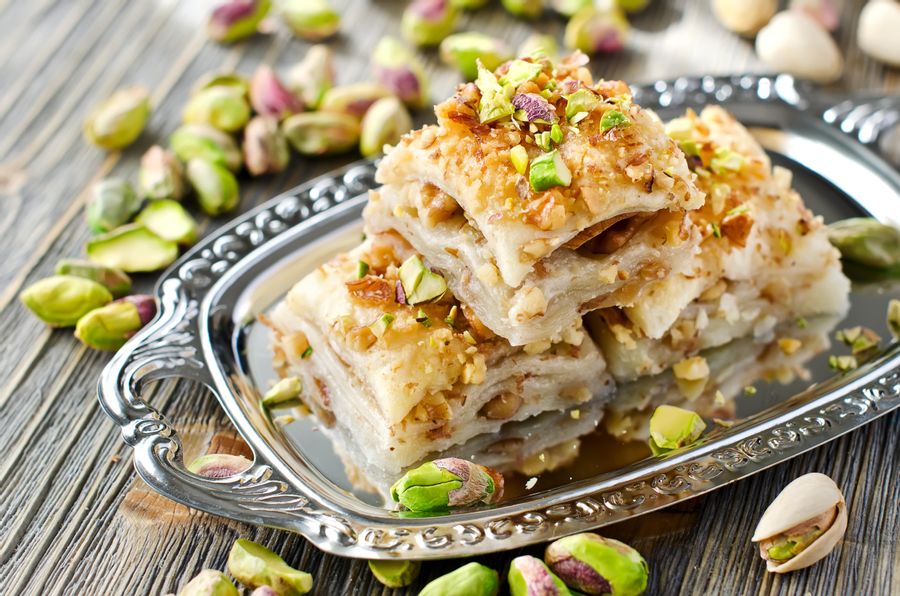
The light, flaky, and immensely flavorful baghlava made in Yazd is a world apart from
the honey-soaked versions you’ll often find in U.S. deli cases.
South
Southern Iran’s landscape varies remarkably, from the subtropical coastal Hara Forests to the Zagros mountains, which slice diagonally from the northwest to the southeast. Although winter here is relatively mild, the summers are exceedingly hot, with spices to match. With its expanses of marshes and waterways, the region makes heavy use of fish, often in stews with rich seasonings that show the influence of nearby India, such as turmeric, cardamom, and tamarind. The southeast also boasts desert orchard groves growing dates, pomegranates, and pistachios. The fruits and nuts show up as often in rice pilafs (polos) as in desserts and in ajil, a kind of Persian trail mix.
